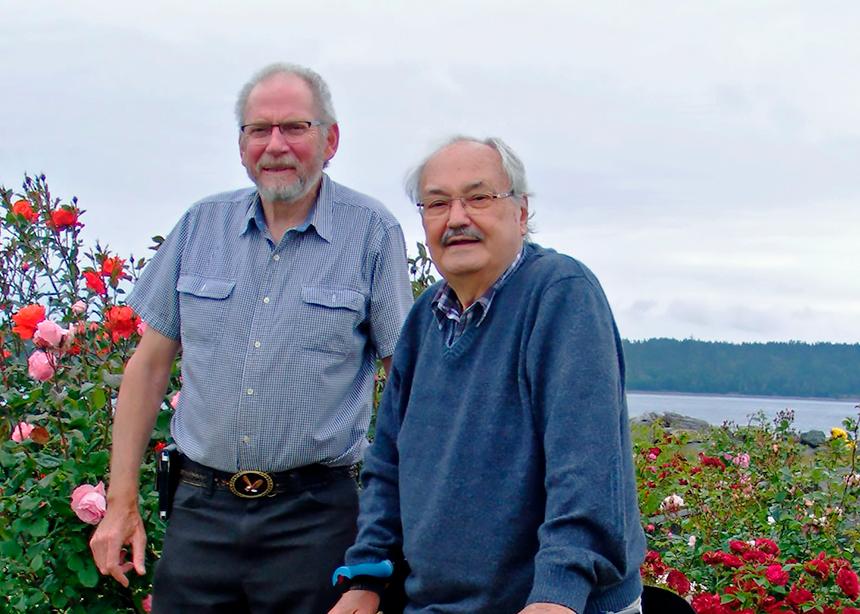Two members of Black Creek United Mennonite Church in British Columbia have found a common heritage that goes back 234 years to the Russian Empire.
In the late 18th century, Empress Catherine the Great of Russia conquered land she called “New Russia”—now Ukraine—and invited Europeans, including Mennonite farmers from Prussia, to settle the southern plains.
Delegates Jacob Hoeppner (1748-1826) and Johann Bartsch (1757-1821) were selected to scout out this land on behalf of the West Prussian Mennonites. In the summer of 1786, Hoeppner and Bartsch set out from Danzig to meet with Count Potemkin and Catherine herself. The Empress verbally agreed to the delegates’ requests.
A year later, the two returned home after surveying the area and choosing the fertile land that lies south of Berislav; this was later changed to land by the Chortitza River. By the spring of 1789, 228 Mennonite families were homesteading on the wide-open steppes of Ukraine in South Russia, where they thrived for decades before eventually emigrating in large numbers to Canada and other countries.
Some 9,000 kilometres from Ukraine, on British Columbia’s Vancouver Island, two direct descendants of those original delegates—Bob Bartsch (Johann Bartsch’s great-great-great-great-grandson), and Dick Hildebrandt (Jacob Hoeppner’s great-great-great-great-grandson)—are both members of United Mennonite Church in Black Creek.
Hildebrandt, a former pastor and city administrator, moved to Black Creek upon retirement in 2002. Bartsch, a former truck driver, moved to Black Creek about 10 years ago. The two met while attending the local Mennonite church and have remarked on the coincidence of how the branches of their respective family trees have intertwined generations later.
“One day a man introduced himself as Bob Bartsch,” explains Hildebrandt, “and in conversation we discovered that we were the direct descendants of Jacob Hoeppner and Johann Bartsch. It just amazes me that [for] well over 200 years the Hoeppner and the Bartsch families have lived faithful lives so that Bob and I could become good friends and brothers in the church just like our great-great-great-great-grandfathers, Jacob and Johann, were.”
Do you have a story idea about Mennonites in B.C.? Send it to Amy Rinner Waddell at bc@canadianmennonite.org.

Friends Bob Bartsch, left, and Dick Hildebrandt, members of Black Creek (B.C.) United Mennonite Church, both trace their ties to the original two Prussian Mennonite delegates selected to survey land that eventually led to the Mennonite migration to what became Ukraine. (Photo courtesy of Bob Bartsch)





Comments
Loved reading this story!
Add new comment
Canadian Mennonite invites comments and encourages constructive discussion about our content. Actual full names (first and last) are required. Comments are moderated and may be edited. They will not appear online until approved and will be posted during business hours. Some comments may be reproduced in print.